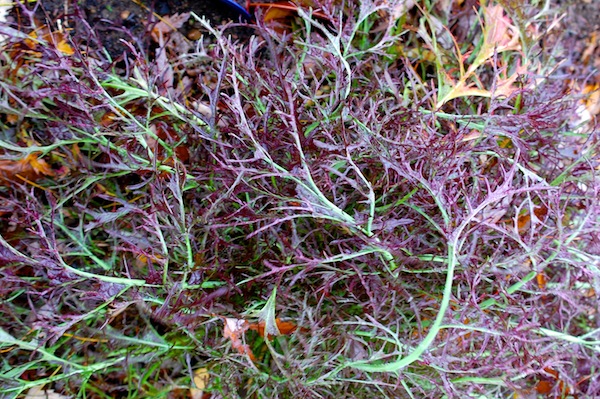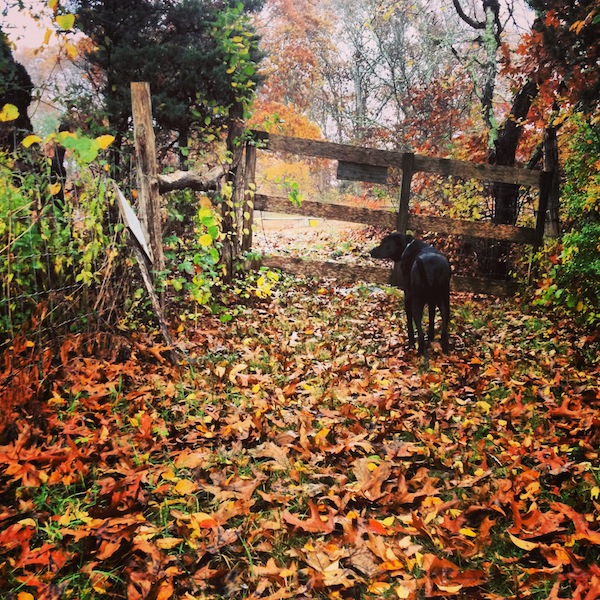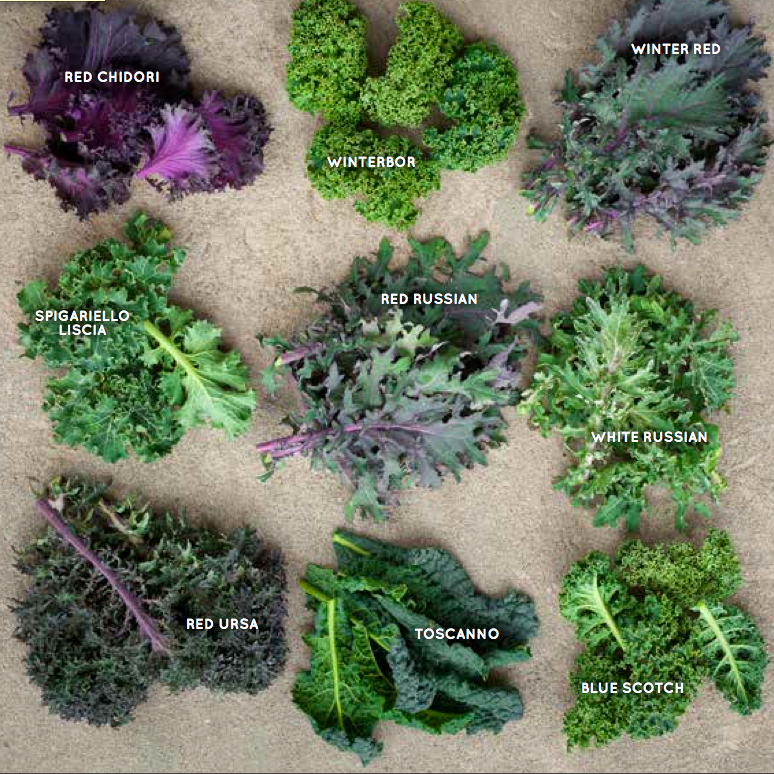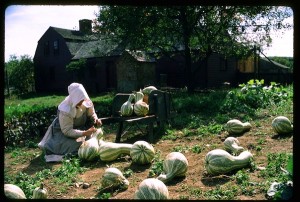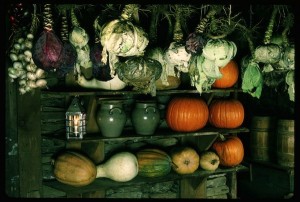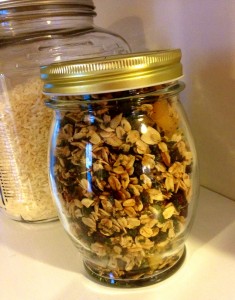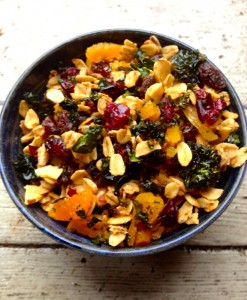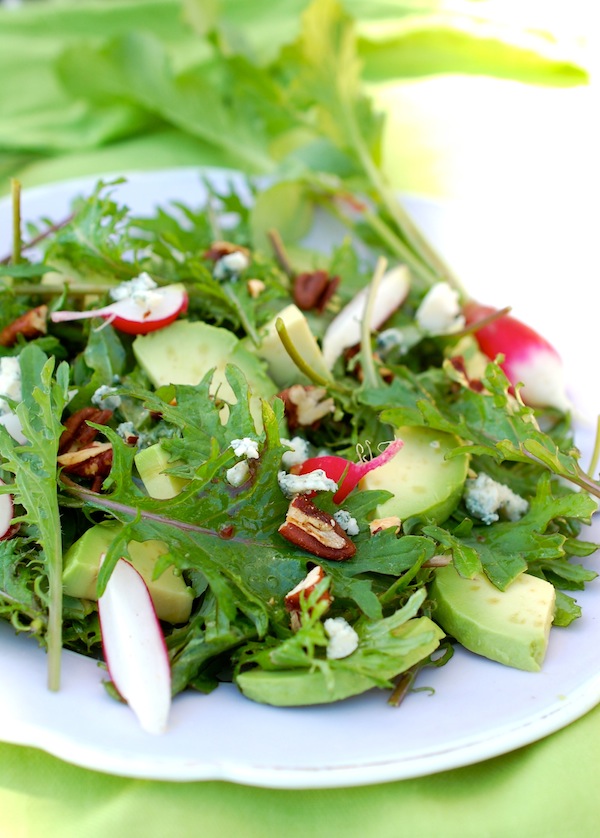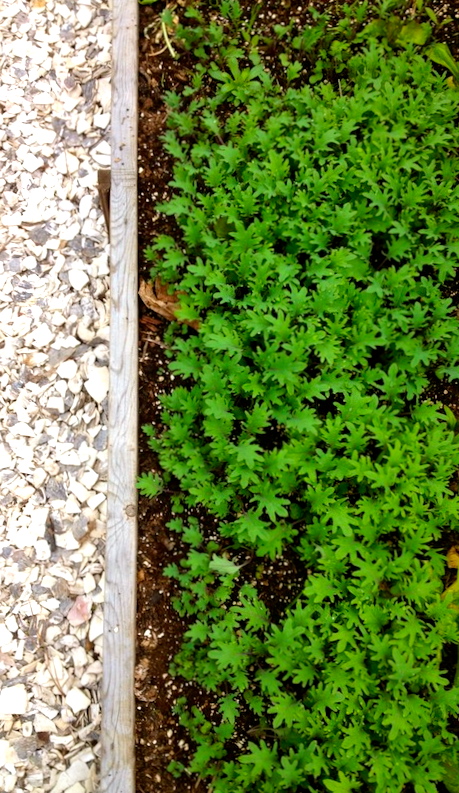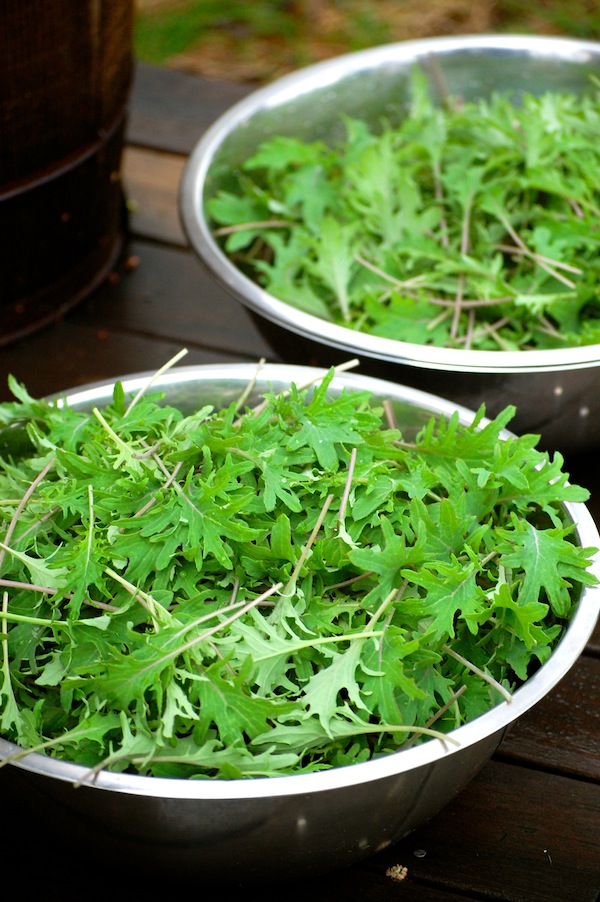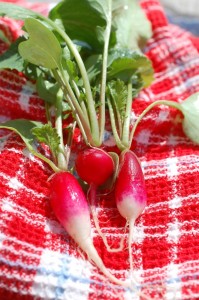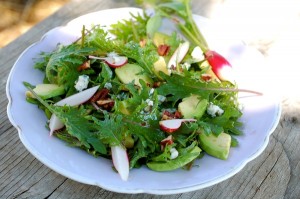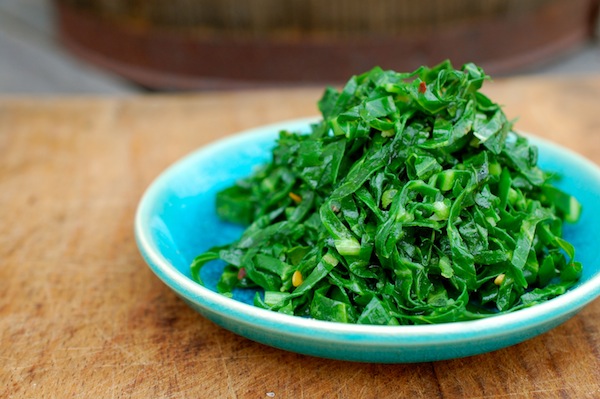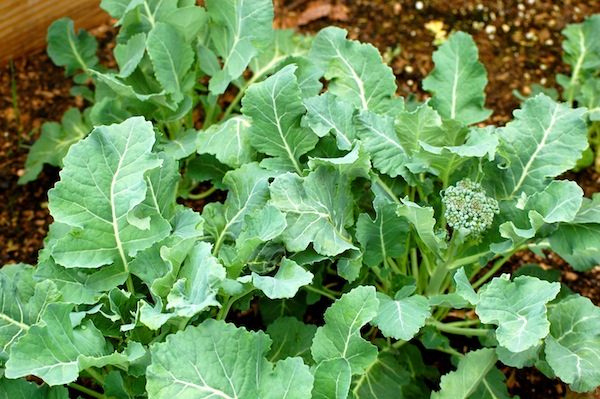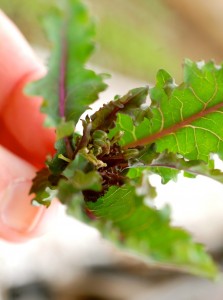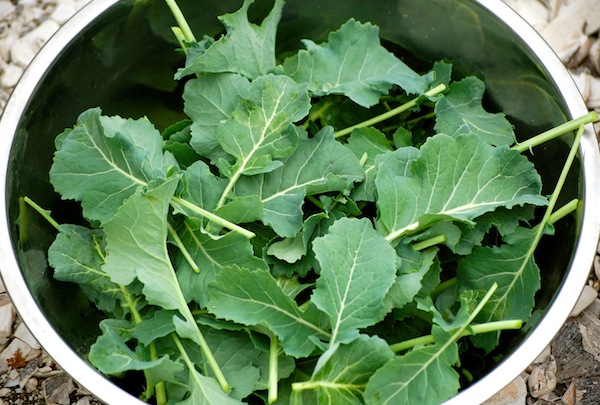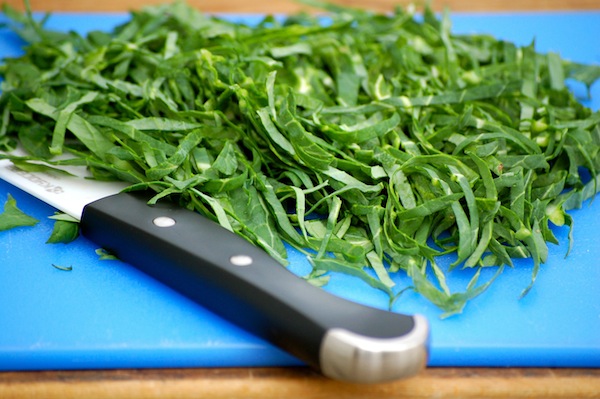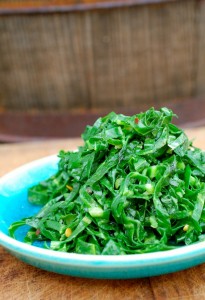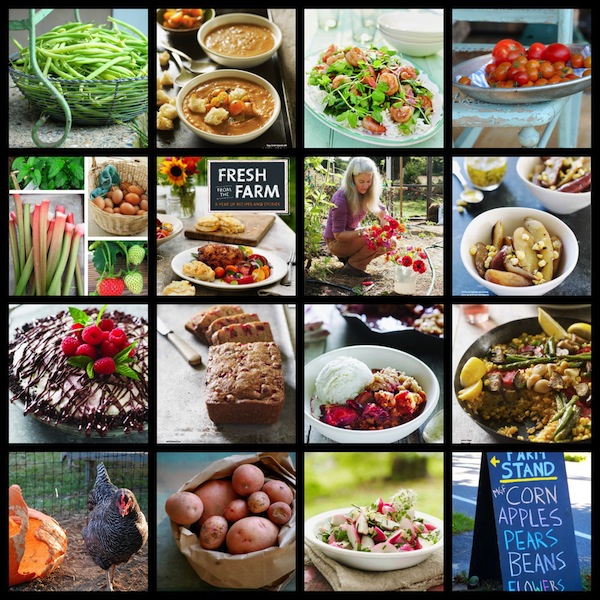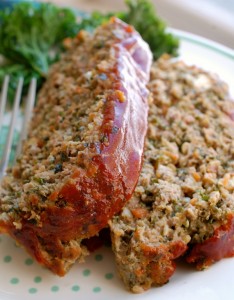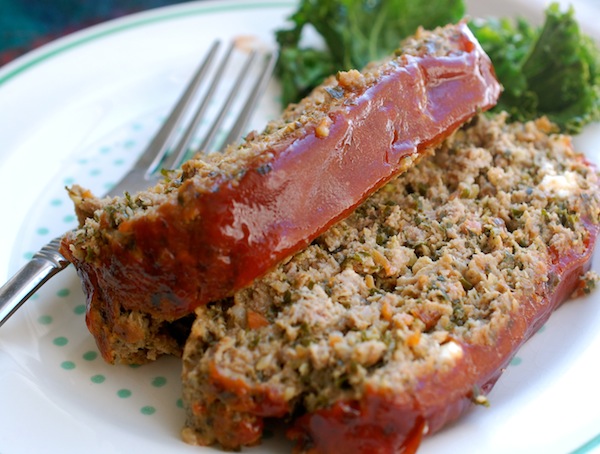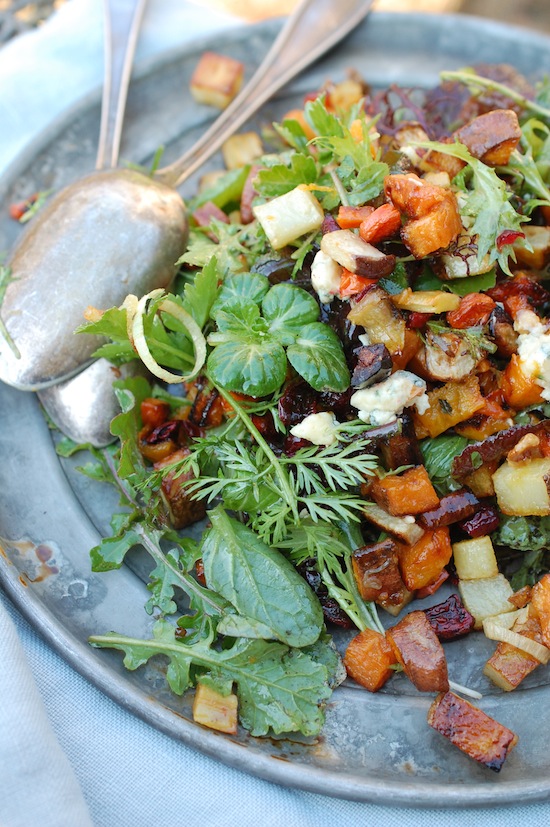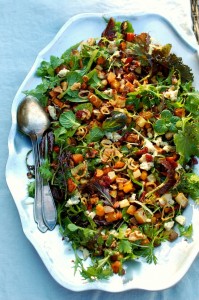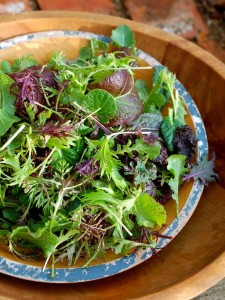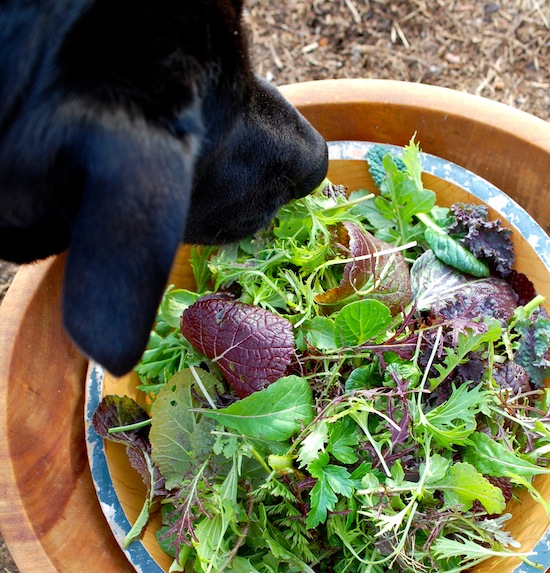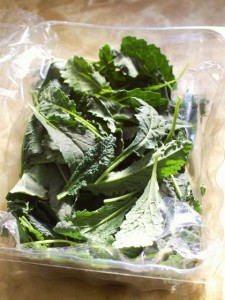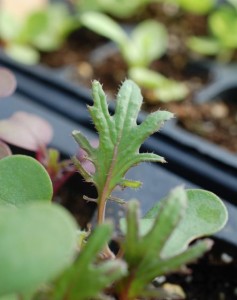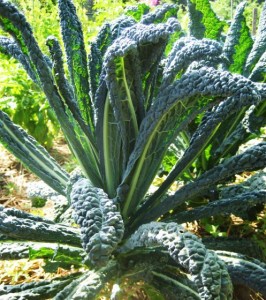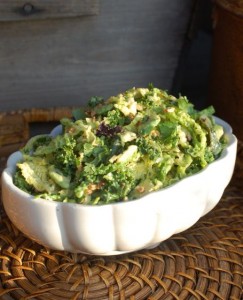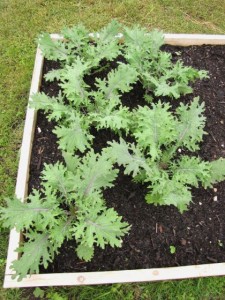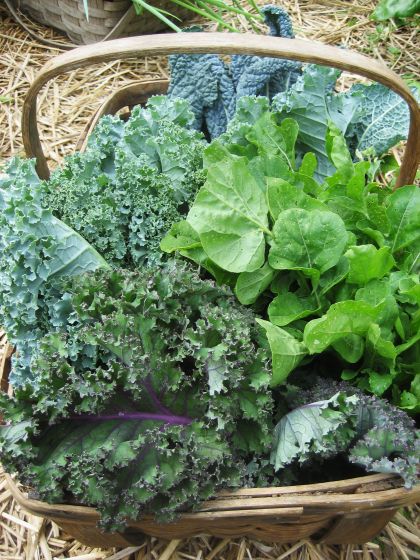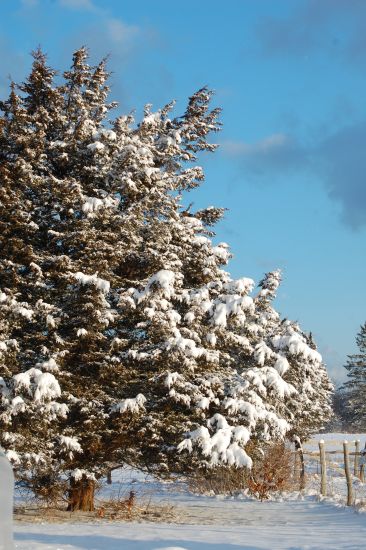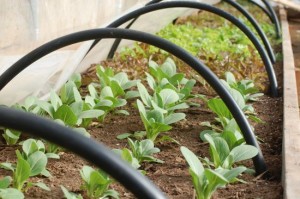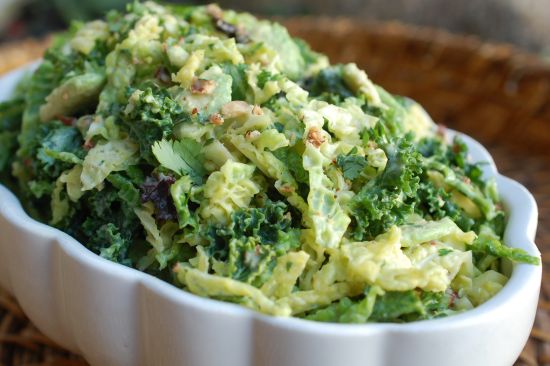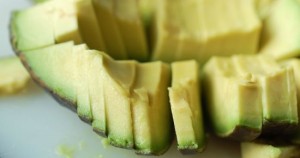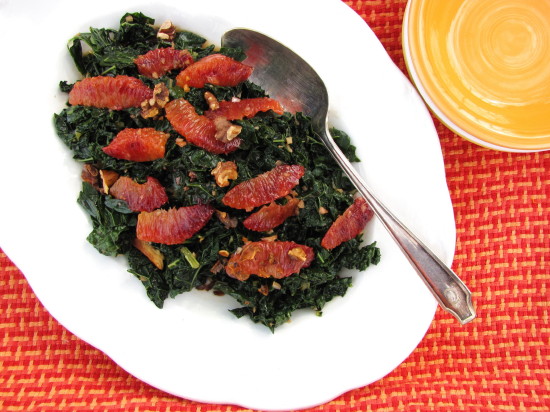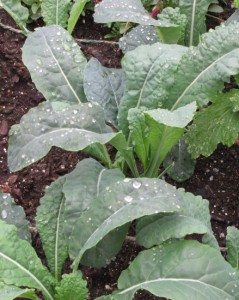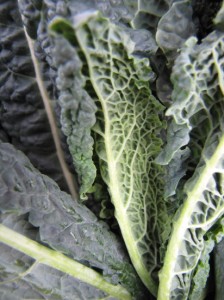 Now that our second photo shoot for the new cookbook is behind us, I am back to work in the kitchen and at the computer developing the last batch of recipes for the book. This means, of course, that (as with any self-propelled creative endeavor) there is some clever procrastinating to accomplish every day. You simply must get up from your computer or get out of the kitchen a few times a day to reboot your creativity!
Now that our second photo shoot for the new cookbook is behind us, I am back to work in the kitchen and at the computer developing the last batch of recipes for the book. This means, of course, that (as with any self-propelled creative endeavor) there is some clever procrastinating to accomplish every day. You simply must get up from your computer or get out of the kitchen a few times a day to reboot your creativity!
I’ve been spending an hour or two every day cleaning up and mulching the market garden, hauling the tomato vines out of the hoop house, ripping the twisted dried green bean vines off of the trellising, and moving strawberry plants around (they’re everywhere).
Incredibly, there are still things growing in the garden. Every year I am amazed at how temperate the Island is in late fall, with the warm ocean waters still surrounding us. But this year it has been especially warm.
 Since I topped off the Brussels sprouts plants, the little buds have grown bigger, and I’ve popped enough off the stalks to sell a pint or two at the farm stand a few times a week.
Since I topped off the Brussels sprouts plants, the little buds have grown bigger, and I’ve popped enough off the stalks to sell a pint or two at the farm stand a few times a week.
And I just pop the baby ones in my mouth, too; they are sweet, nutty and crunchy.
I even managed to grow a few kalettes; I was very excited about trying this new vegetable (a cross between kale and Brussels sprouts) when I got the seed, though I did read that they would take four months to mature. Unfortunately, I was late getting my plants in the ground, so the vegetables really only started to take shape a few weeks ago. I don’t know how much they will grow once the daylight seriously wanes, though I imagine they are pretty frost-hardy.
We’ve got a last patch of salad greens under cover, and there are a half dozen magnificent and terrifying Ruby Streaks mustard plants that I never cut back sprawling three-feet round in a spiky pinwheel of purple teeth.
So once a week or so I can make a small batch of salad mix.
The parsley patch is epic.
And, I have a bunch of flowers in my little secret side flower garden that seem to have no idea that winter is approaching.
The calendula and snapdragons couldn’t be happier. I have to remember that—it really is cheering to have fresh flowers in November.
Cheering is good, as I find November a bit foreboding and contemplation-inducing. Unlike my favorite month, October, when the buzz of summer is gone but the sky still swims with sun, November, with its spackle-grey horizon, its sticky wet leaves, its frisky wind gusts, is decidedly Act I of winter. I know how the rest of the play goes, and last year sitting in the seats until the curtain went up was torturous.
But I am trying not to project, as the best thing about November, as opposed to real winter, is the walking. I can still get outside, it’s relatively warm, and actually, all those sticky leaves on the ground are a gorgeous kaleidoscope of texture and patterns. My favorite procrastination activity is walking with Farmer along the Land Bank path behind the farm, down across Mill Creek and over to Old Courthouse Road.
Technically, the path is closed for hunting season, so there is a point when we get to a locked gate and we both stop and stare at each other. Should we turn around? Go around? Jump over? And if we do, should we take the right hand fork, or the left?
Every time we are there, I can’t help thinking of Robert Frost’s classic poem, The Road Not Taken (which can be interpreted several different ways). So I leave it with you today, in case you’re walking the November road, or just contemplating winter.
The Road Not Taken, by Robert Frost
Two roads diverged in a yellow wood,
And sorry I could not travel both
And be one traveler, long I stood
And looked down one as far as I could
To where it bent in the undergrowth;
Then took the other, as just as fair,
And having perhaps the better claim,
Because it was grassy and wanted wear;
Though as for that the passing there
Had worn them really about the same,
And both that morning equally lay
In leaves no step had trodden black.
Oh, I kept the first for another day!
Yet knowing how way leads on to way,
I doubted if I should ever come back.
I shall be telling this with a sigh
Somewhere ages and ages hence:
Two roads diverged in a wood, and I–
I took the one less traveled by,
And that has made all the difference.





